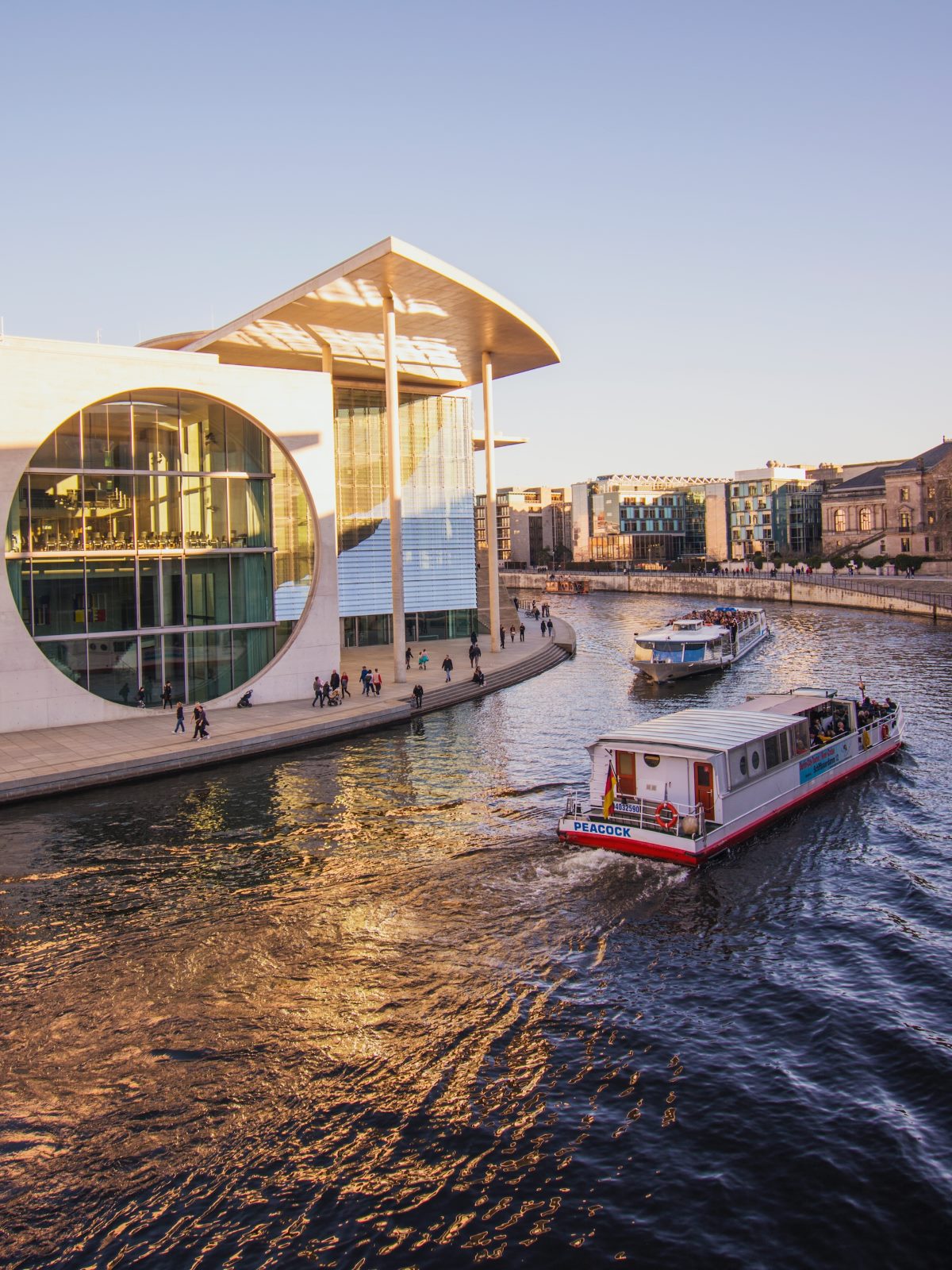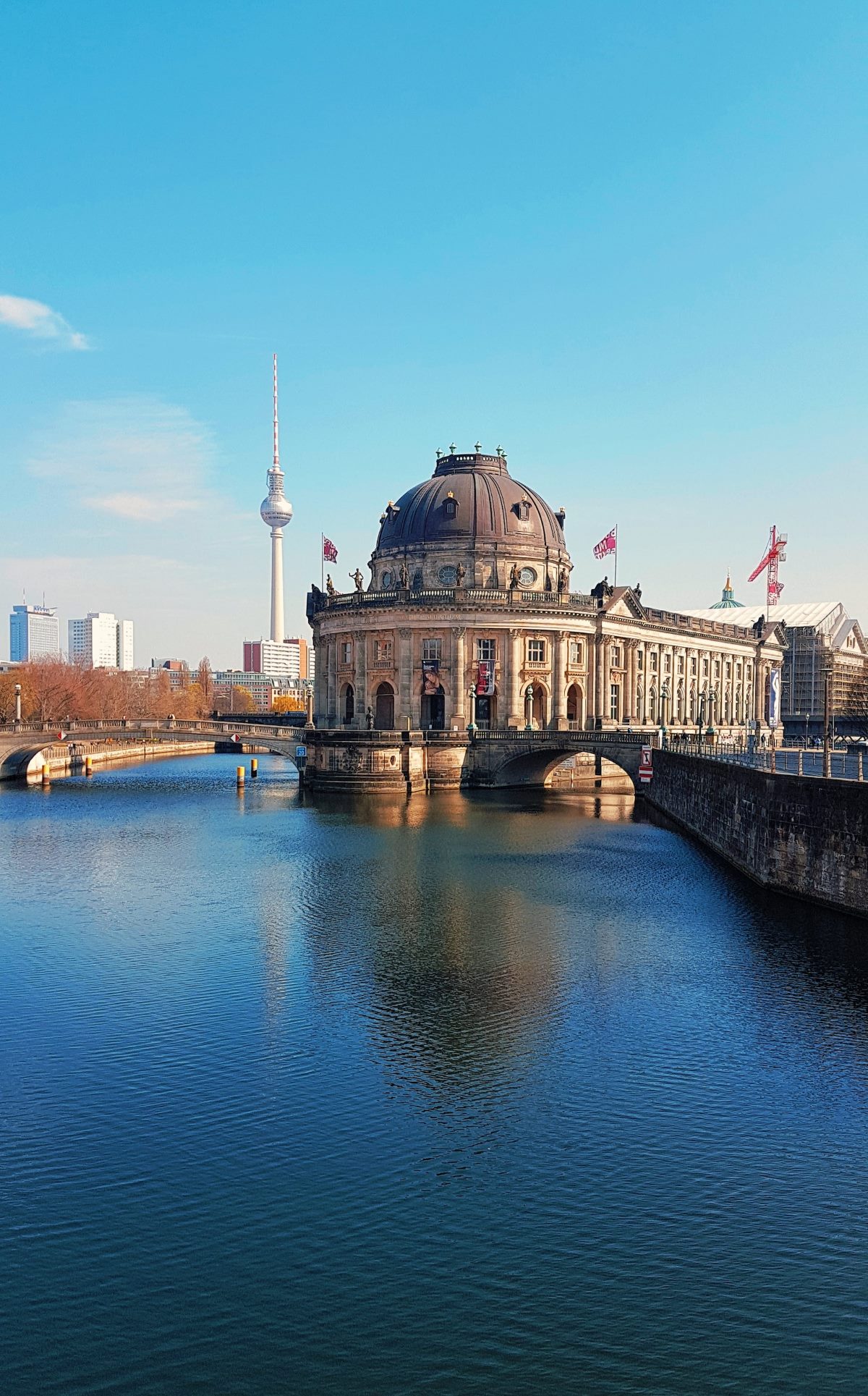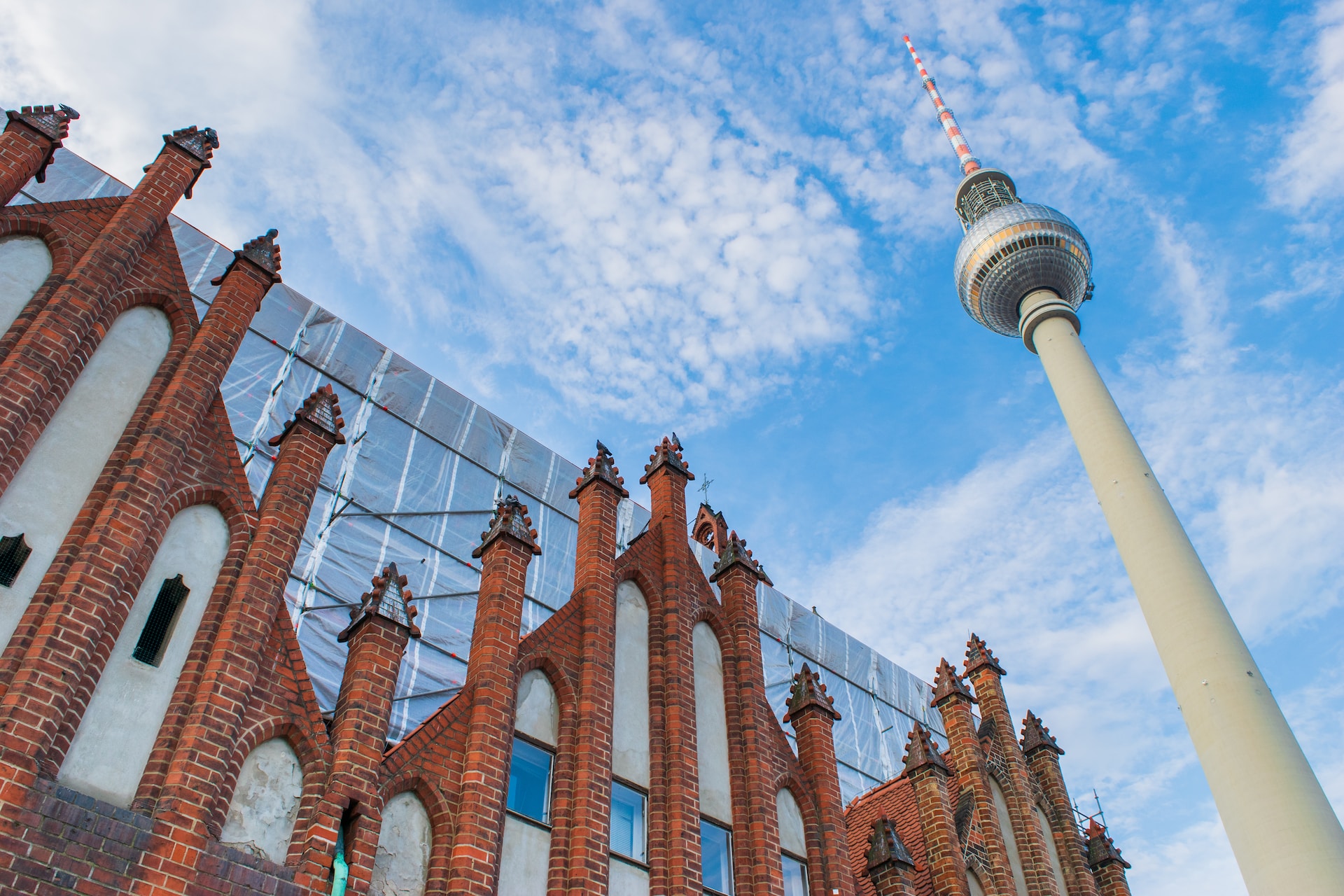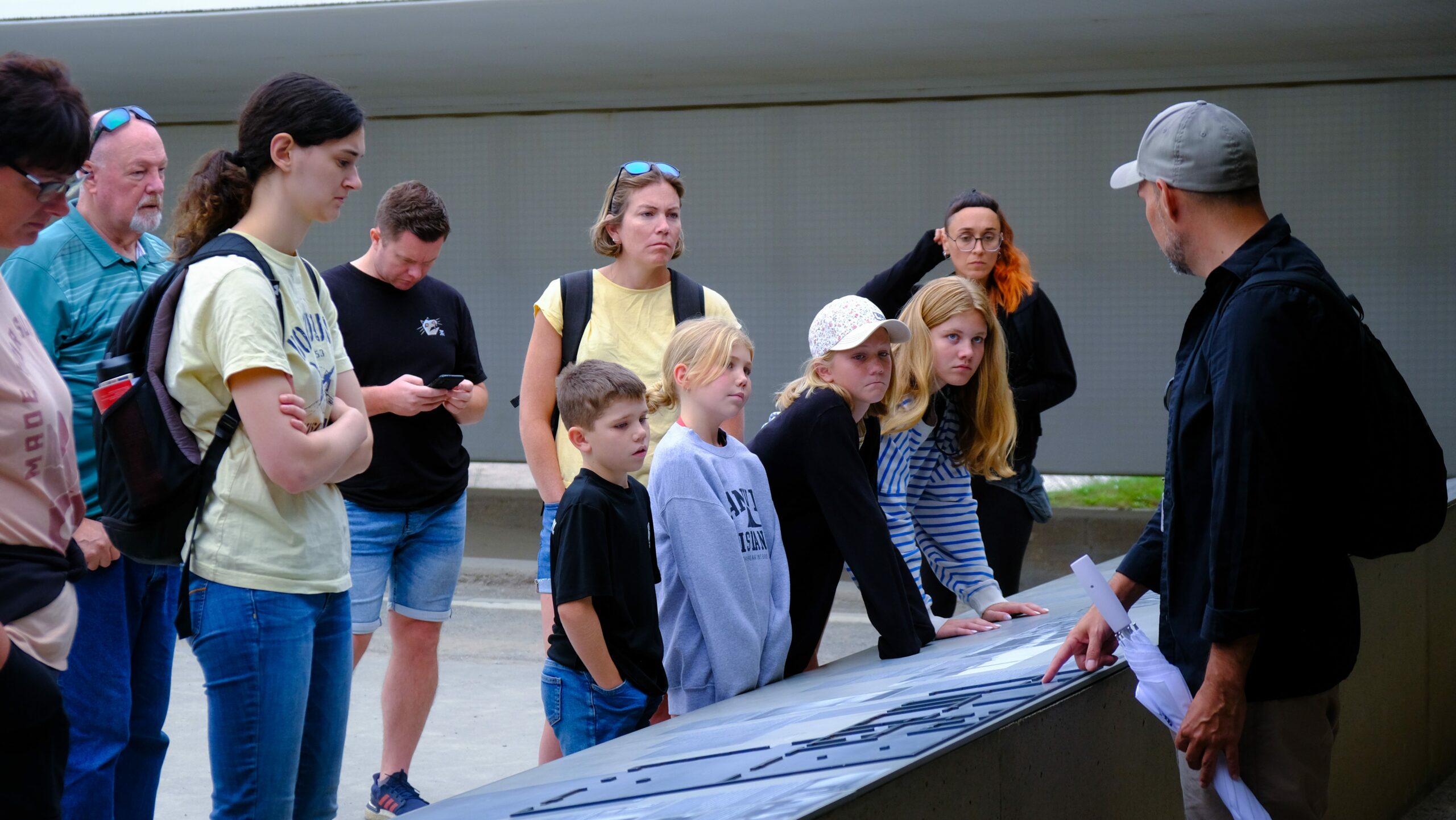This article introduces our discussion about Sachsenhausen Concentration Camp near Berlin.
near Berlin. This article will help beginners learn all critical details about this subject from the start.
You will understand all key details about this historic place here.
The History of Sachsenhausen Concentration Camp
During the 1930s officials established Sachsenhausen Concentration Camp as early Nazi concentration facilities.
established. The Nazi leadership built the facility as a place to hold opponents at first but added all other victim groups later.
The camp received prisoners of various origins and countries.
Sachsenhausen set the standard for other concentration camps when it turned into a place where victims suffered through torture and work under coercion before World War II ended.
extermination during World War II. This site holds great significance because it became a place where important numbers of innocent people died.
to remember and understand.
Life in Sachsenhausen Concentration Camp
Prisoners found living in the camp so bad it became unendurable. Prison life in the camp became extremely difficult for inmates to endure both physically and mentally.
deterioration. Life in Sachsenhausen Concentration Camp included these main components:
1. Classification of Prisoners
The Nazi leadership placed inmates in specified categories based on how much risk they posed to the regime.
regime. The facility separated prisoners into groups for political offenses, Jewish people, gay individuals, and Jehovah’s Witnesses.
2. Forced Labor
Sachsenhausen prisoners had to endure extreme hard work under dangerous conditions. The facility allocated them to work on different building projects.
factories, or agricultural work. The facility aimed to obtain prisoner work from victims through their extreme suffering.
3. Medical Experiments
Similar to most other concentration camps Sachsenhausen served as a site where doctors conducted brutal medical tests on prisoners.
prisoners without their consent. The tests brought no new knowledge and produced harm through duress of prisoners.
Visiting Sachsenhausen Concentration Camp
Sachsenhausen now operates as a memorial and museum so people can remember the terrible actions performed under Nazi rule.
regime. I have created these recommendations for people who want to visit the site.
1. Plan Your Visit
Check when the memorial is open and go during weekdays since the site tends to be less busy then. Give yourself enough time to
Fully experience all areas of the memorial needs time because it spans over a large territory.
2. Guided Tours
Hire expert tour guides to learn about Sachsenhausen from professionals. Special guides offer you detailed explanations and support your learning about the site.
a deeper understanding of the site’s history. You can obtain an audio guide for personal use.
exploration.
3. Reflect and Respect
Sachsenhausen demands your respectful attitude when you visit. The site holds great historical
Since this place holds great historical value it needs to be treated with proper respect and reverence at all times.
Conclusion
Sachsenhausen Concentration Camp serves as a memorial to the horrible deeds carried out by Nazi leaders in Berlin’s vicinity.
regime. Our analysis of how prisoners suffered during this site’s history helps visitors understand its historical impact better.
understanding of this significant historical site. We must study past events to avoid seeing them repeated in future.
horrors are never repeated.
Table of Contents




